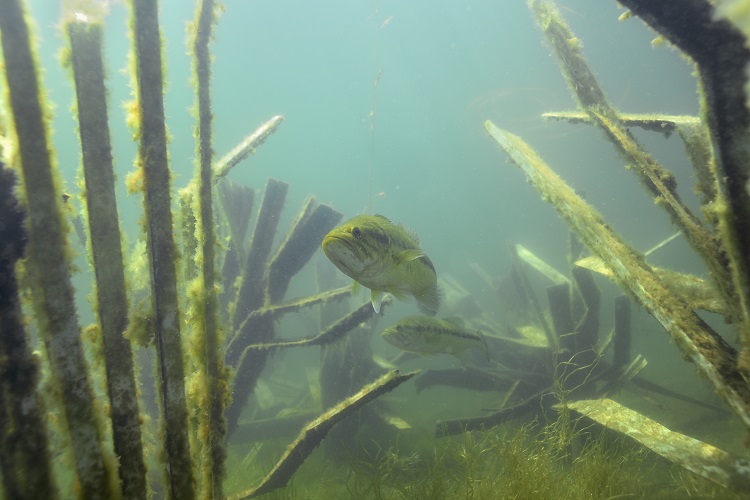First off, let’s not continue to confuse fish habitat with fish attractors. There are many substabtial differences between the two and what each product is intended for. Both products attract fish, but only habitat holds the future of fishing.
Under the Fisheries Act, fish habitat is defined as: “Spawning grounds and nursery, rearing, food supply and migration areas on which fish depend directly or indirectly in order to carry out their life process. (Fisheries Act Section 34(1))”.
Artificial fish habitat as defined above, is simply habitat that is man made with materials not found in nature. Although made from mainly plastics, the intended goal is absolutely the same. Reproduction and protection of more fish.
The planting of native aquatic plants, installing brush, rock, deadfalls and timber would be considered supplemental natural habitat. These types of materials succeed in replacing natural materials that have decayed or have been lost to siltation, erosion and development, but were once present.
Artificial fish attractors attract larger fish and little more, accomplishing the intended task as designed. Open in design and able to see through, generally tubes and sticks that are easy to get fishing lures around, they attract larger fish to a designated area for a short time in transition between cover, made for fisherman to enjoy. One job well done when placed and designed in such a manner that the desired species of fish feel comfortable using it. More at fishiding.com


